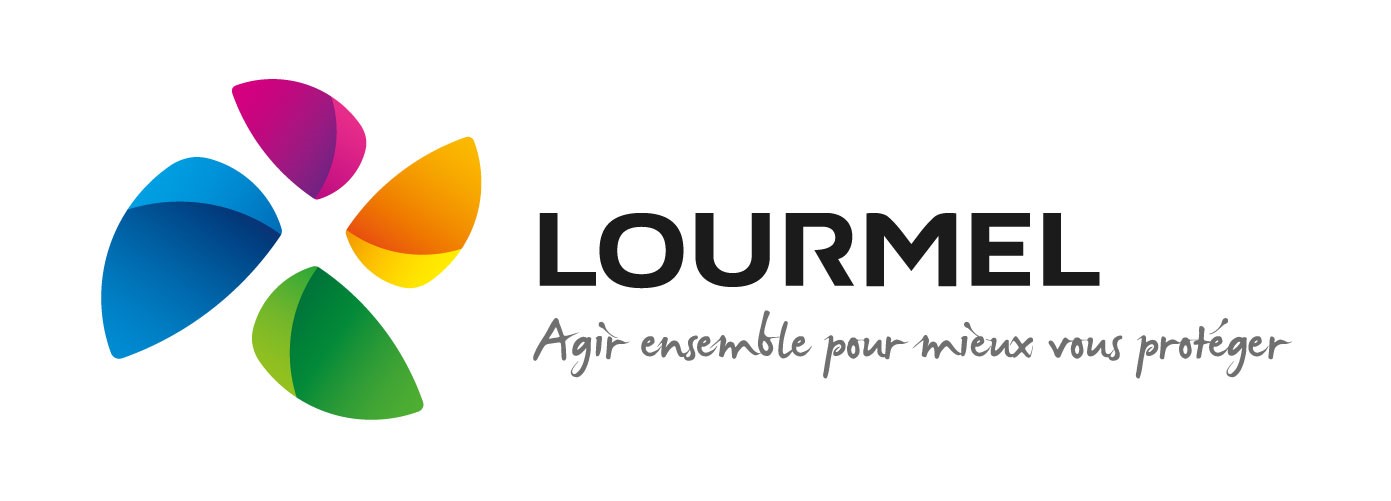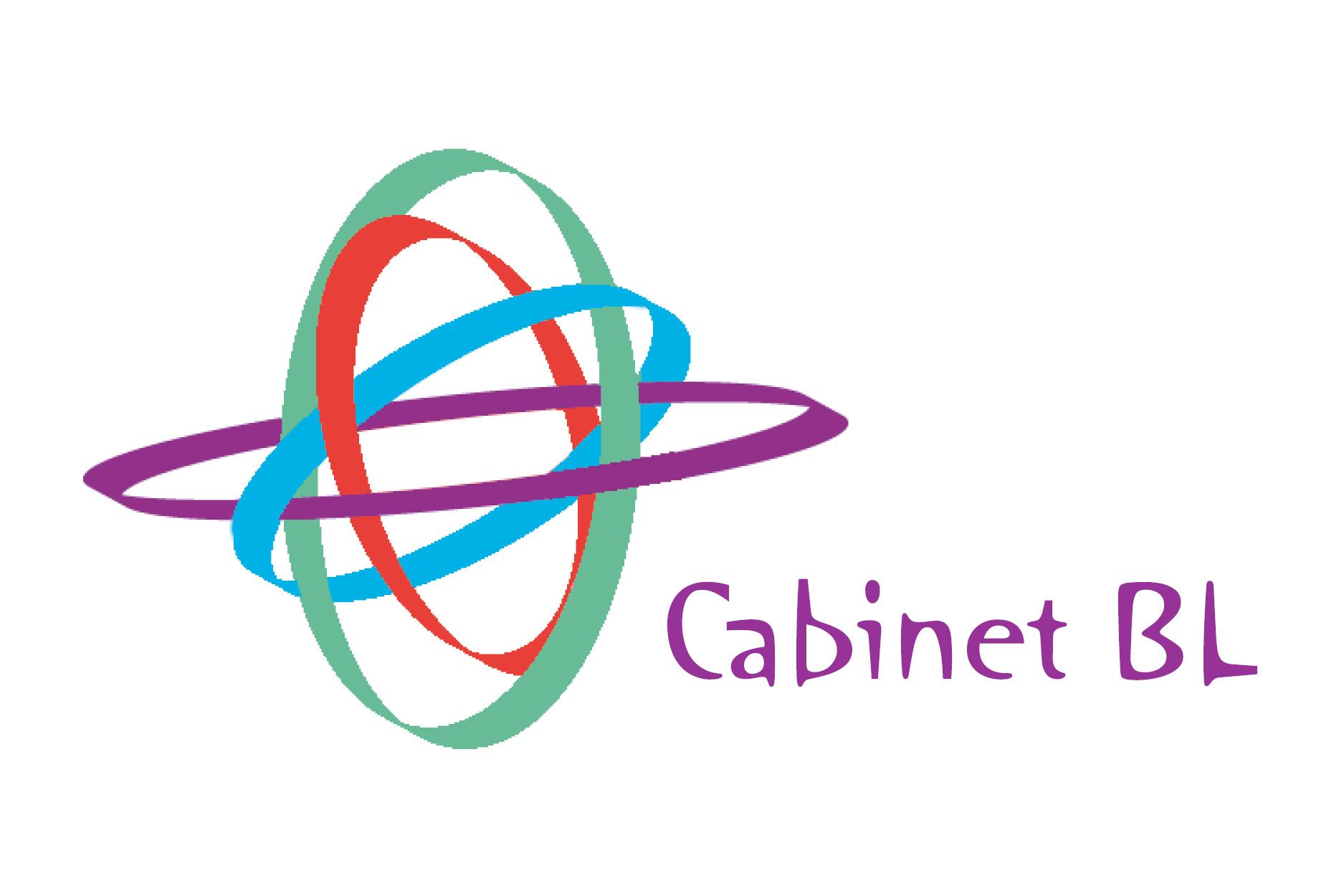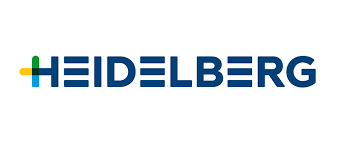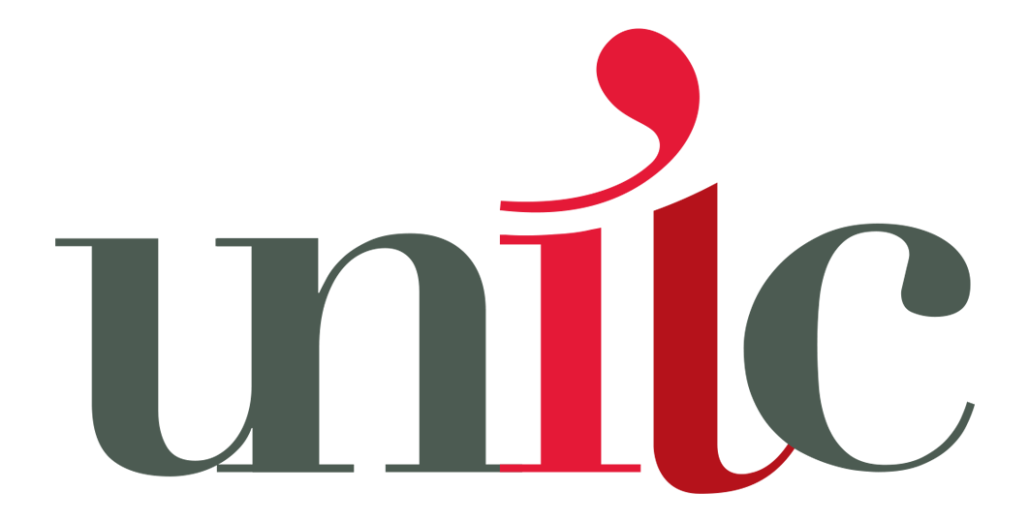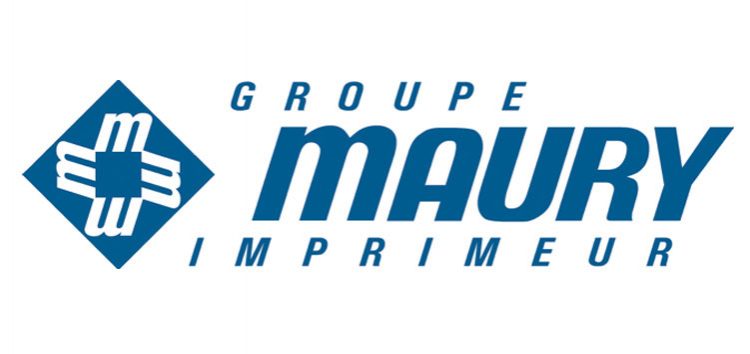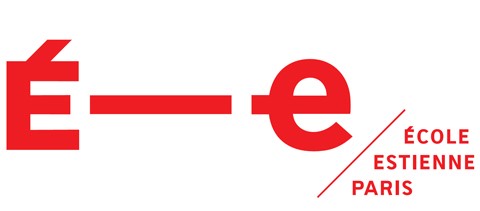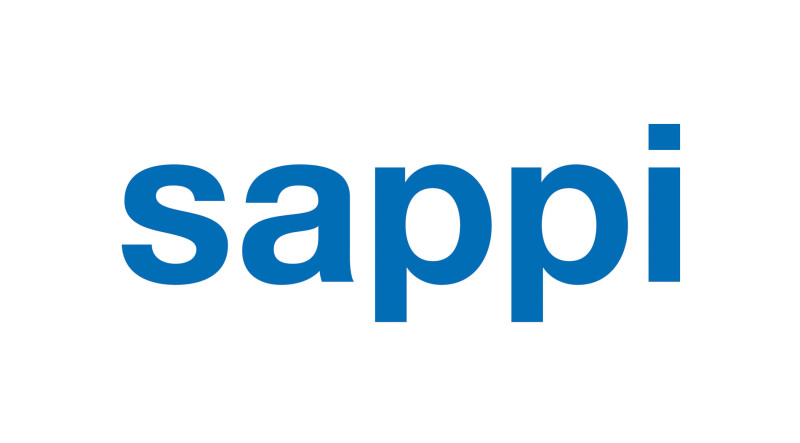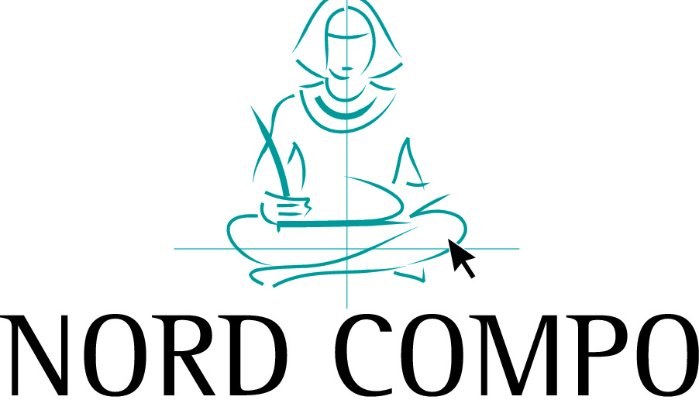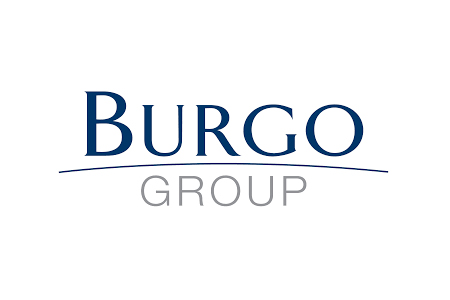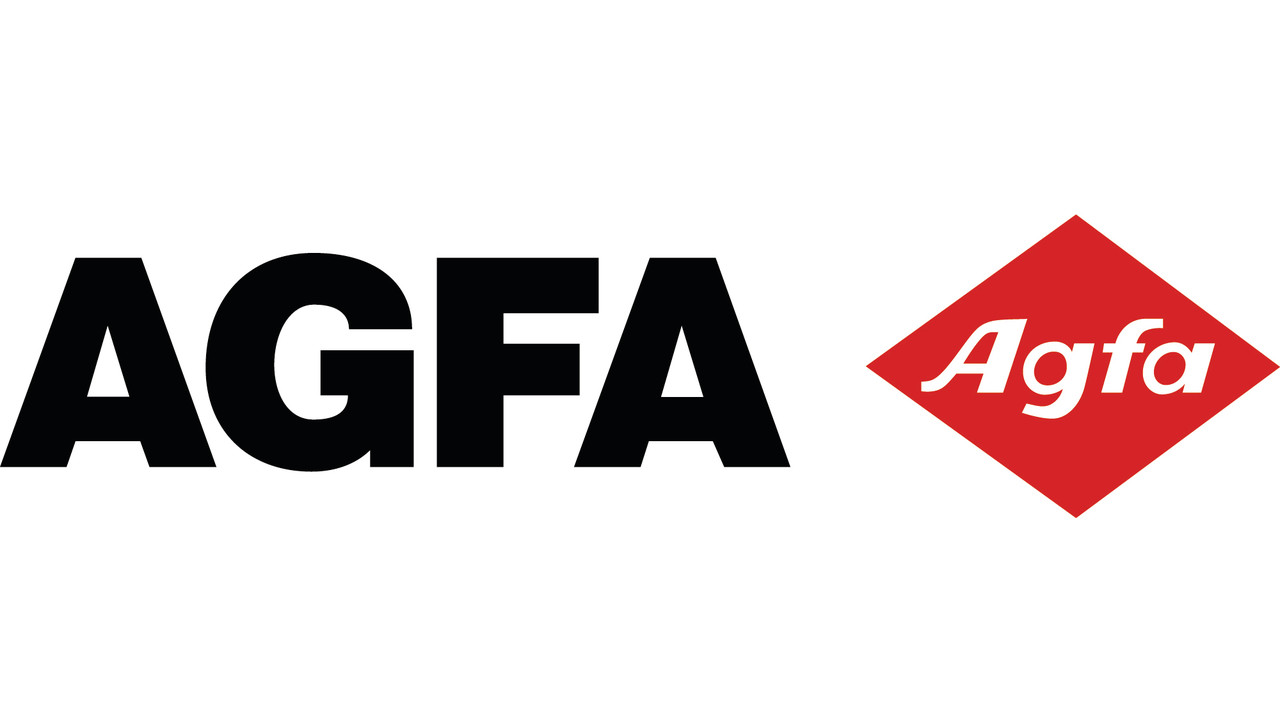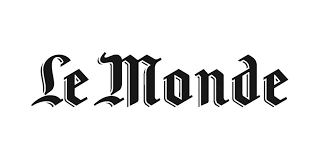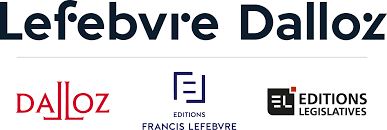Can local news be saved?
As newspapers shutter, Axios, City Cast and other organizations attempt to fill a void. Whether they are is in dispute
How many headlines have we seen offering a grim pronouncement on the local news industry? They all feature some variation of the cliche: “Local news is dying.”
It’s certainly true that the local news indxustry as a whole has suffered. More than 360 U.S. newspapers closed between late 2019 and May 2022, according to an updated report by local news guru and Northwestern University professor Penny Abernathy, and 40 of the 100 largest dailies don’t publish a print edition seven days a week. In 2006, there were an estimated 75,000 journalists working in newsrooms. As of last year, that number had dwindled to less than 30,000.
But the fact is that local news is not so much dying as reinventing itself. This is happening with local newspapers, which are turning more and more to membership, community engagement and outside funding to further their missions. But it’s also happening with a slew of new products adding yet another option to the local news landscape.
The best-known of these is Axios Local, a newsletter initiative that launched at the start of 2021. It began with daily newsletters in only four cities. Less than two years later, it’s slated to be in 24, according to their website. City Cast has a similar function: Create a universal model that can be tweaked to different local markets — as a podcast and email newsletter, and perhaps a slightly slower roll-out speed. Last year, newsletter giant Substack pledged $1 million to 12 local newsletters, including the Arizona Agenda, an insider’s political publication run by two local reporters.
Each of these efforts share important similarities: a national funding source and a desire to cultivate real intimacy with an audience. After all, newsletters and podcasts deliver a similar product in a different way: at their heart, they are a method of connecting with people rather than simply delivering information. (Fans of Axios’ Smart Brevity style might disagree.)
Whether these outlets pose a threat to local newspapers depends on who you ask. At the start of the year, Seattle Times columnist Brier Dudley, who is the editor of the paper’s Save the Free Press Initiative, scoffed at Axios’ claims that they were going to save local journalism.
“Because aggregators produce scant original reporting and they’re coming to markets that already have multiple news outlets, they are not addressing the local journalism crisis,” he wrote in January.
More than half a year later, his opinion remains unchanged, Dudley said in an interview. In fact, if he could write the column again, it would be even stronger.
“It feels like they’re cashing in on the goodwill and economic malaise of local newspapers,” he said. “There’s a place in America’s heart for local news. That’s Axios’ marketing pitch with their newsletter, but I would argue that they’re hurting more than helping.”
Local news expert Abernathy has a more measured take — her reports have documented firsthand the decimation of newspaper staff over the years.
“It’s always good to have more news sources than fewer in a market,” she said. “But there’s no way that two or even eight people producing daily newsletters can provide the investigative and contextual beat reporting that we’ve lost as the metro newspapers have slimmed down.”
So what are these outlets actually doing?
Axios Local began with a newsletter that wasn’t their own: The Charlotte Agenda, which started in 2015 with very little funding and grew to 55,000 subscribers and roughly $2 million in revenue in 2020, according to The New York Times. Seeing a model that could be replicated, Axios acquired the newsletter at the end of that year for roughly $5 million.
“At the time, it showed the commitment of the founders to local news and to really reimagining what local journalism could look like,” said Jamie Stockwell, Axios Local’s executive editor for local news, who came to the company roughly five months ago from The New York Times’ national desk.
From the start, Stockwell said, the number of subscribers in launch cities was high and the open rate was competitive. That’s still true. Axios Local’s newsletters currently have a total of one million subscribers, according to a spokesperson. The plan is for those newsletters to always be free but eventually have a paid aspect, like a membership program that would allow readers to see exclusive content or attend events. How that will change those numbers remains to be seen.
The staffers who write these daily newsletters tend to be former local journalists, but the compensation is generally higher than that of the average reporter. The top person at each newsletter can make as much as six figures, according to what Axios publisher Nicholas Johnston told Poynter in a January interview. The 2021 median annual wage for a newspaper reporter was less than $40,000, per the U.S. Bureau of Labor Statistics.
Axios’ newsletters read somewhere between the lifestyle section and hard news, with some original reporting from local staff. A recent Tampa Bay email, for example, looked at why the area was a top spot for pedestrian deaths, offering a number of local data points and citing coverage from the Miami Herald and The Atlantic. The report often features a real-estate section examining a recent sale or new home on the market.
But the voiciest segments tend to come at the bottom, usually written directly by one of Axios’ local journalists in an informal way using the first-person. They might talk about their new favorite meal at a local restaurant or something they did that weekend. The point is to engage with the audience in a way that feels personal — we’re not just faceless reporters giving you the facts. We’re real people who live in your community.
“We thought we could really grow our footprint and be able to engage with those readers in a much more intimate way,” Stockwell said. “What I think our newsletters do really well is have conversations with the reader.”
But email and podcasts have a different saturation level of the market. About 90% of United States internet users use email, according to Statista. The same cannot necessarily be said of podcasts, although they have grown in popularity over the years. That’s why City Cast, a project started by David Plotz, Slate’s former editor-in-chief, is tapping into a particular audience. When company leaders were first plotting where to launch, they purposely chose cities with higher than average podcast listening rates, said Andi McDaniel, the company’s chief creative officer.
“It’s a great medium for conveying the emotions people feel about their cities,” she said. “People love certain things about their cities and certain things drive them crazy. There is a way that we can get into that on a podcast that I think is really activating in a way that other mediums wouldn’t necessarily be.”
A typical City Cast episode varies, but one of McDaniel’s favorites includes the Salt Lake City podcast’s look at proposed Utah legislation offering free menstrual products in public schools. The podcast interviewed a local activist spearheading a program called The Period Project.
“It was essential City Cast, because it was civically-minded. There was this sense that once you heard this episode, you would likely feel like, ‘Hell yes, this should be the case. … What can I do?’” McDaniel said.
As the organization continues to grow, they’re looking at two metrics in particular: audience growth and whether that audience is engaged. They’re already in eight cities, including Washington, D.C., Pittsburgh and Denver. Their website also has job ads for producers in Atlanta, Austin, Boston, Columbus and North Carolina’s Research Triangle. Much like Axios Local, they’re growing fast.
But Axios Local and City Cast aren’t the only initiatives in the space trying to change local news in a big way — or at least offer other options. Other efforts exist on a much smaller-scale and are funded primarily through philanthropic means. Take Democracy Fund, a foundation started by eBay founder Pierre Omidyar dedicated to upholding democracy. One of their core projects, Public Square, helps to fund a variety of local news projects in states like Colorado, New Jersey, New Mexico and North Carolina. Rather than come at local news from disparate angles, Democracy Fund wants to aggregate various solutions and use any insights gathered there for future publications.
“How can we solve for those gaps where there are all these great things but they’re not really adding up to something greater?” said Teresa Gorman, the Public Square program manager.
COVID-19 brought to the forefront how local news organizations still needed to better serve their readers, Gorman said. The North Carolina Local News Lab Fund, for example, helped a program that would deliver disaster information and eventually COVID-19 information to the state’s farmworkers via text. Democracy Fund’s goals are less about spread and more about impact — in this case, determining how we can better reach the people who feel disenfranchised by local news as it stands now. That could include people who don’t see themselves reflected in local news or even those who literally can’t access it.
Unfortunately for local newspapers, Gorman has seen one tenet emerge clear from an analysis spread out over region and state: if the goal is to serve the entire community, the task cannot fall to one organization.
Still other publications, like the independent but partially Substack-funded politics newsletter the Arizona Agenda, come from more humble beginnings. When local journalists Rachel Leingang and Hank Stephenson decided to apply for the Substack grant, it was with little hope of actually, well, getting it.
“We thought there was no way they would go for this. And once we got it, we thought, we’ll just have a fun year — there’s no way we’re going to make any money doing this,” Leingang said. “But so far, it’s actually been far more successful than I think we believed it would be.”
The commitment between the two was simply to try this for a year. After all, that was the length of the Substack funding. But as the project got more traction, they realized something surprising: by the end of the year, they could actually be on track to hit their “bare minimum” revenue to survive — which Stephenson defined as “3/4 of the pay” they need to live. Perhaps this newsletter could actually work.
For both of them, the decision to focus on politics was never really a decision. They both felt that diving into the world of policy and politics offered a variety of storytelling avenues: from horse-race coverage to legislative explainers. More importantly, as Stephenson said, politics “sells and it sells outside of this state.”
“We had a fun vision of how to do it in ways that weren’t being done — we were kids of the 90s alt-weekly era and we wanted to make something that to some degree feels like that,” he said.
The freedom of the job can be both exhilarating and terrifying, they say. On the one hand, they’re in control of the entire product — real agency comes with that. On the other hand, they’re in control of the entire product — real responsibility comes with that. And, as a practical matter, they’re not yet making enough money to survive, so they’re still balancing the Arizona Agenda, very much a full-time job, with their freelance work.
They’re just starting to come to a place where they feel the Arizona Agenda has real staying power.
“I was fully scared and remained in that place until really recently, when I was like, ‘OK, I think we’re going to take this past our Substack Local funds,’’ Leingang said. “It’s just really difficult to go from having someone who makes the final decision on something publishing to being that person.”
How are they different?
In many ways, what these publications are offering doesn’t sound so different from that of a local newspaper. Yes, the topics and delivery are more specialized — they certainly don’t echo the breadth and depth. But that’s by design, says Stockwell, Axios Local’s editorial lead.
“I think the industry has suffered over the last 15 years by not putting the audience first and not thinking through what the reader wants,” she said. “In this fast-paced world where disinformation is so ripe, it is our responsibility to break it down in a way that makes sense and is easy to understand and can be trusted.”
The leaders of City Cast don’t see local newspapers as their direct competition — instead, they’re all part of an ecosystem that should exist in major metro markets. What the podcast does is different: it creates a platform for stories that aren’t so much breaking news or analyses as they are eternal conversations about what it means to be a resident of a city.
“We definitely don’t think we’re saving local journalism, and that’s not our goal,” McDaniel said. “I don’t think that something like what we’re doing does particularly well in a world in which there is no other journalism happening.”
But Seattle Times columnist Dudley makes an important point: this isn’t simply a philanthropic endeavor. Ultimately, the goal is still to make money. Axios has invested roughly $30 million into efforts to increase their reach, including Axios Local, reported The New York Times earlier this year.
“We’re just in the bright and shiny launch phase of the web startup,” Dudley said. “We have to be really careful about making judgments and pronouncements about a new venture-backed product right as it’s launching.”
Axios leaders might argue that their very product is helping local newspapers. After all, they link back to their work. But industry data doesn’t necessarily support that. Industrywide, click-through rates on links are low, Abernathy said, so any traffic coming to local newspapers from a newsletter is, she says, “typically insignificant.”
More importantly, Axios Local and projects like City Cast aren’t entering news deserts first. They’re purposely picking major media markets where legacy media and digital start-ups typically already exist. As Dudley says, they’re competing for the same customers.
“We are dependent on local readers to spend their time and a few dollars a month supporting the journalism that we provide,” Dudley said. “When you have somebody like Axios or other newsletters coming out, they are offering kind of a low-grade free product that scratches people’s itch to be informed without really informing them.”
It’s no surprise that most journalists would react like Dudley to any framing that puts Axios Local and “saving local news” in the same sentence. In the last 15 years, the number of newspaper reporters has decreased by almost 60%, Abernathy said. The reporters who survive have watched their ranks thin year after year. It’s a devastating process to witness — to watch a vibrant, bustling beacon of the community become a shell of what it once was.
So understandably, hearing Axios trumpeting their local newsletters like manna from the heavens isn’t exactly well-received.
“To think that two or maybe three people in a city are going to save local news and our community,” Dudley said. “It’s absurd.”
So where do we go from here?
Axios has a goal: By the end of the year, they want to reach two million subscribers. Stockwell uses the word “indispensable.” But at some point, they also want to explore starting newsletters in local news deserts — the places that actually need them. They know this would require tweaking their general revenue and subscription metrics, but this piece of the project would have a different kind of goal, Stockwell said, one more mission-based than monetary.
“I just truly believe there is no more urgent mission than really thinking through how to reinvent local journalism,” she said.
For City Cast, the milestone is 50 cities. The hope is to reach 15 cities within 12 months and eventually hit that magic number. For the Arizona Agenda, the goal is a bit different — as of the end of July, they had more than 4,200 subscribers. Almost 1,200 of those are paying. Annually, they should make about $93,000 in revenue. At Democracy Fund, the task is always convincing donors that journalism is a project worth funding.
“It was not a given. But there are so many studies that show if you lose local news, voting goes down, social cohesion goes down and people don’t feel like they are part of their communities,” Gorman said. “It really has become so apparent during COVID for people that, when they were looking for information to stay healthy and alive, they couldn’t find it.”
For the few journalists who are trying to turn two or three people into a daily newsletter or a regular podcast, Dudley wonders about burnout. Is this model even sustainable for the workers? Another question might be whether it’s sustainable for readers and listeners, but we’re not there yet.
“They’re reporting, they’re editing, they’re taking pictures — you get burned out,” he said. “I’m glad they’re paying them a lot, because the job is going to start to suck soon.”














